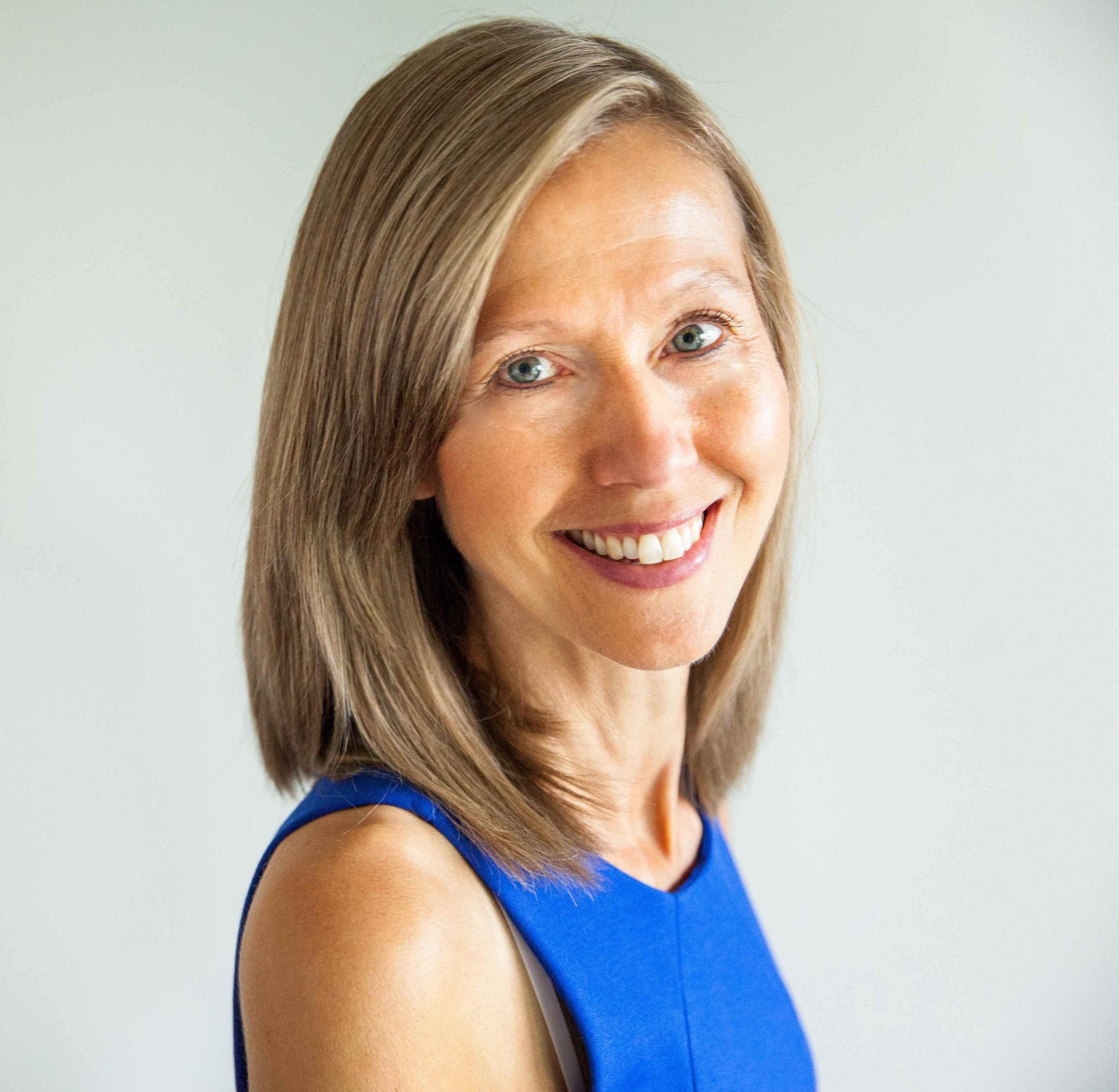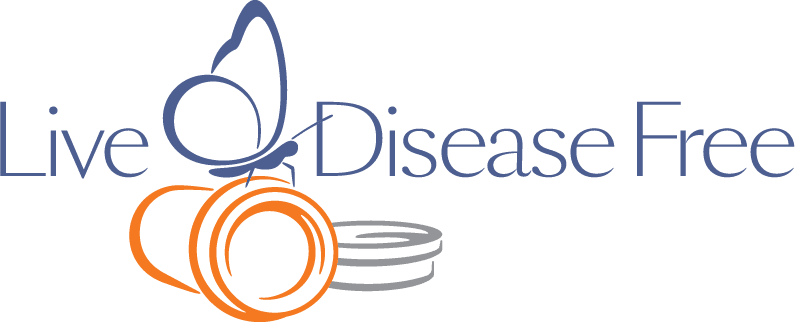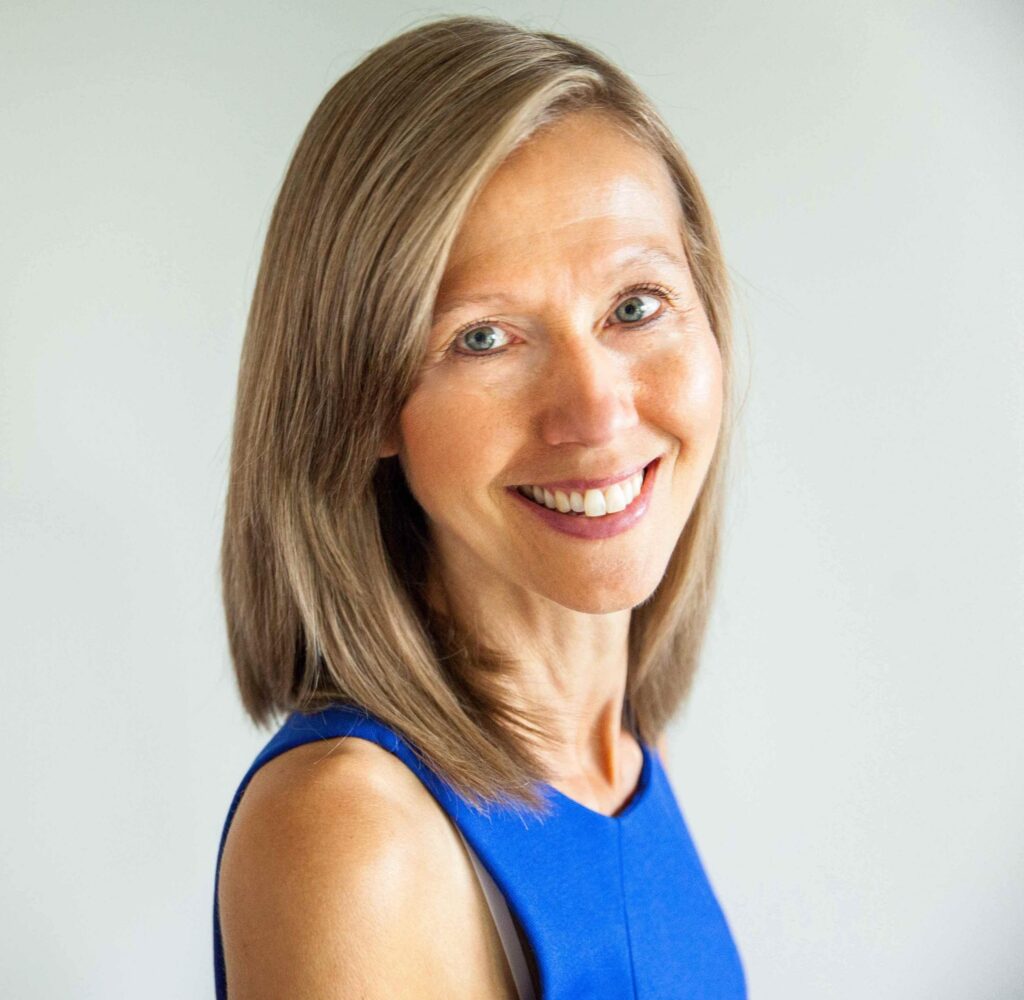The right diet is the first step to recovery.
In as little as 1–2 weeks from starting the right diet, we start to experience life‑changing improvements with fewer urgent night‑time bathroom trips, less pain, fatigue, stiffness and spasticity, and more energy, mental clarity, and strength.
By greatly reducing the simple sugars and carbs that feed the infections that cause MS and other diseases, we can get fast, measurable relief and—more importantly—real hope that we’re on the right track and addressing the root cause. The Live Disease Free diet is a precise, proven approach that thousands have followed as part of their recovery from chronic disease. Here’s what that looks like in real life.
Wellness Champion Successes
Let’s start with what’s possible. These are real people, following the Live Disease Free diet, with changes you can see and measure.
Student #1 — From 10 Years Bedridden → On Her Feet in Less Than 2 Weeks
- Timeline: Out of bed in under two weeks after starting the Live Disease Free (LDF) diet.
- Neurological change: Cognition improved enough that she could read again.
- Function: Sent us a video balancing on one foot on an upside‑down Bosu ball.
- Current life (on treatment cycle 2): “My husband can’t find me half the day. I’m at meetings, gardening, planting, playing the piano, literacy tutoring, and signing up for ballroom dancing. I still have my Capezios!”
Her words of wisdom:
“After years of antibiotics, sinus infections, and swollen eye bags and eyelids—they are going, going… almost gone. Be attentive. Today—and always—I am offered the chance to accept this incredible Live Disease Free program and the profound, life‑changing effects it brings. It is not true that getting older must mean getting sick. I am living proof of this, and we are a great cloud of witnesses. We are here on this earth for only a little while. I am deeply grateful to be refashioned in this life and the next. Gold is not destroyed by fire—only the impurities. Let your intention be crystal clear, and if you accept the guidance of the Live Disease Free program, you will, in fact, heal.”
Student #2 — Tremors Stopped Almost Immediately
- Live Disease Free diet start date : May 15, 2025.
- Immediate effect: Tremors stopped almost immediately after beginning the LDF diet.
- Context: She chose to stop MS medications while working with her doctor.
Student #3 — Edema Down Within a Week
- Change noticed: Edema decreased in the lower legs, ankles, and feet during the first week.
- External confirmation: Her husband noticed the improvement.
- Next step: She began an exercise program.
Student #4— Stronger, No Cane, Better Nights
- Strength returned: Felt stronger and started working out again.
- Bladder: Fewer night‑time bathroom trips.
- Mobility: No longer needed her cane.
Student #5— Day 6 Wins
- New student: On the diet since last Wednesday.
- By yesterday: She could dance and stand on a stack of books.
These are individual experiences from current students following the exact Live Disease Free guidelines below.
How They Did It (At a Glance)
Here’s the framework our students use. It’s straightforward, but it asks for consistency.
- Carb target: 30–40 g total carbs/day (not net).
- Vegetables: 9–13 servings/day of low‑carb options.
- Protein: Moderate animal protein each meal (preserve muscle without spiking glucose via excess protein).
- Fats: at least 40 g healthy fat per meal to feel satisfied and to prevent weight loss.
- Avoid: dairy, sugar, grains, caffeine/decaf, alcohol, or sweeteners
- Fruit protocol: One small approved serving on an empty stomach ~30 minutes before breakfast only.
- Track total carbs, not net carbs. Cronometer makes this easy and keeps portions honest.
Cheat Sheet (PDF):
https://livediseasefree.com/wp-content/uploads/2020/01/LDF-Cheat-Sheet.pdf
Why I Start with Diet First
Diet alone won’t kill infections. Its job is to weaken them so your body and later treatments can do their best work. Parasites and other pathogens thrive on carbs and simple sugars. When we remove their favorite source of energy, they become less active, inflammation decreases, and your nervous system has some relief. That’s why students often feel shifts in 10–14 days when they hit the targets precisely.
This isn’t guesswork. Below you’ll find the exact carb targets, the fruit timing, what to avoid, and the fine‑tuning that prevents the common plateaus.
Can I Have Fruit?
- One small serving of approved fruit (from the Cheat Sheet) on an empty stomach about 30 minutes before breakfast.
- Fruit is not a meal. Follow it with protein + healthy fats + low‑carb vegetables at breakfast.
- No fruit at snacks or with later meals.
Why this timing helps: It supports better digestion and reduces the chance that natural sugars will feed infections in the intestines.
What to Drink
- Avoid all caffeine, including decaf coffee/tea — even small amounts can activate parasites and increase inflammation.
- Choose unsweetened, caffeine‑free beverages.
- Bone broth caution: Certain infections (e.g., Borrelia, which causes Lyme disease) thrive on collagen. Labs even use broth to grow bacterial cultures. If you’re improving and only have homemade bone broth occasionally, you can continue. If not improving, try omitting bone broth for a couple of weeks — many students then start to improve.
Fine‑Tuning the LDF Diet: Details that Change Outcomes
Small adjustments make a big difference. Here are the spots where students most often need a quick course‑correct.
1) Healthy Fats
- Aim for at least 40 g healthy fat per meal (about 3–4 tbsp).
- Skipping snacks or meals will lead to weight loss
- Examples: extra‑virgin and organic olive oil, butter, coconut oil, avocado oil, tallow, duck fat.
2) Nuts, Seeds, and Avocado
- Nuts/seeds: 1/8 cup max, once or twice daily before supper — only if symptoms are improving. If not improving, omit.
- Avocado: ¼ avocado as garnish on a large salad is fine; ½ avocado per meal is too many carbs.
3) Higher‑Carb Vegetables
- Carrots, tomatoes, peppers, avocado → use as garnish only on a large salad, not full servings.
- Example: 2½ cups of cabbage or Brussel sprouts at one meal = too many carbs; ½ cup is reasonable. Confirm portions in Cronometer app.
4) Excess Proteins & Hidden Sugars
- Protein overload can drive gluconeogenesis (protein → glucose) and raise blood sugar, which feeds parasites.
- Example of too much for one meal: 5 oz lean steak + 2¼ cans of tuna.
- Bacon often contains sugar; choose sugar‑free and only if symptoms are improving.
- Smoked salmon: check labels and avoid added sugar.
5) Sweeteners, Vinegar, and Oxalates
- Avoid all sweeteners, including stevia and sugar alcohols — they sustain cravings and can stall progress.
- During prep/treatment phases, use apple cider vinegar only (not rice or other vinegars).
- Spinach is high in oxalic acid; don’t eat it daily. Rotate greens to protect the thyroid.
6) Vegan Constraints
- Clearing infestations requires low carbohydrates. Because the LDF plan avoids grains, starchy vegetables, soy, legumes, and dried beans, meeting protein and calorie needs without animal foods becomes very difficult. If carbs remain above target, recovery is challenging.
7) Fasting Policy
- No fasting during recovery. Combining low‑carb + fasting almost always means insufficient calories.
8) IBD / Gut Sensitivities
- Avoid foods you’re sensitive to. Prefer cooked vegetables you tolerate: steam, sauté, stir‑fry, roast. As the gut heals, raw vegetables are typically tolerated again.
Sample Day That Hits the Targets (30–40 g total carbs)
Here’s a friendly, practical day that meets the numbers.
- Pre‑breakfast (optional): Small approved fruit serving on an empty stomach (~30 min before).
- Breakfast: 2 eggs scrambled with low carb veggies, plateful of greens (arugula) with extra virgin olive oil and a serving of raw homemade sauerkraut.
- Snack #1: ⅛ cup of raw nuts from cheat sheet
- Lunch: Chicken‑thigh (or other animal protein) salad (romaine, arugula, cucumber, celery), ¼ avocado as garnish, olive‑oil dressing; side of roasted cauliflower.
- Snack #2: Homemade mayo with low carb veggies.
- Dinner: Wild salmon, asparagus, green string beans and a side of mixed‑greens salad (lemon juice + olive oil).
Vegetables: Work up to 9–13 servings/day by rotating low‑carb options and big salads.
Fats: Don’t be shy — at least 40 g per meal keeps you satisfied and maintains weight.
What I Eat
- Proteins: eggs, chicken, turkey, beef, fish, lamb and pork— baked, fried, barbecued.
- Vegetables: leafy greens, broccoli/cauliflower, green and yellow string beans, asparagus, zucchini, celery, cucumbers, herbs and more on the cheat sheet.
- Fats: olive oil, butter, coconut oil, avocado oil, MCT, tallow, duck fat.
- Flavor: sea salt, herbs/spices, the zest and juice of lemon and lime. Apple cider vinegar.
7‑Day Transition Plan (Start This Week)
A gentle transition that builds confidence fast.
Day 1–2: Read the Cheat Sheet; clean the pantry; install Cronometer and start to plan emails, make a grocery list.
Day 3–4: Build meals that hit 30–40 g total carbs/day; portion fats to reach ≥ 40 g/meal.
Day 5–7: work up to 9–13 vegetable servings/day; eliminate caffeine and all sweeteners completely. Work on sleep quality and daily bowel movements.
Metrics That Matter
- Total carbs/day (not net).
- Vegetable servings/day (target 9–13).
- Snacks (to protect weight).
- 8 hours of sleep
- Daily bowel movements
Common Questions
Q: How do I maintain weight?
A: As carbs decrease, increase healthy fats and don’t skip snacks or meals. Aim for three meals + two snacks daily.
Q: Are whey protein shakes or smoothies okay?
A: Not during recovery. Blending “pre‑digests” carbs and spikes blood sugar, which feeds parasites body‑wide.
Q: Can I have decaf coffee or tea?
A: No. Even decaf contains small amounts of caffeine that can activate parasites and increase inflammation.
Q: I’m vegan. Can I do this?
A: It’s very difficult to hit protein and calorie targets because grains, starchy veg, soy, legumes are avoided. If carbs stay above range, recovery will be challenging.
Q: Can I fast on this diet?
A: Not during recovery. Low‑carb plus fasting results in too few calories.
Q: I have IBD and can’t handle raw veggies.
A: Cook the vegetables you tolerate (steam, sauté, stir‑fry, roast). As your gut heals, raw usually becomes tolerable again.
Q: Which vinegar and sweeteners are allowed?
A: Use apple cider vinegar only during prep/treatment phases. Avoid all sweeteners — including stevia and sugar alcohols.
Recovery is Possible
Changing your diet can change your life—quickly. In 1–2 weeks, many people see less bladder urgency, less pain and stiffness, a reduction in spasticity, and more energy, mental clarity, and strength. When these shifts happen, you start doing things you haven’t done in a while—sleeping through the night, cooking dinner, walking the dog, driving with confidence, saying yes to friends.
Just as important, these early wins give you real hope that there’s a better way to treat MS and other chronic diseases—one that focuses on the root cause by treating parasites that cause disease. Changing your diet, the first step tells you you’re on the right path and that recovery is possible. The Live Disease Free diet is the proven foundation thousands have used to begin that turnaround.
This post is educational and reflects the LDF approach and our students’ experiences. It is not medical advice. It is not intended to replace the care of your health care provider. If you have complex medical conditions, work with a qualified practitioner while implementing dietary changes.
There are real solutions to recover from parasites today!
To restore health, we must focus on treating the cause of inflammation, which are parasites. First, identify the enemy (parasites), then support the body and treat the parasites while following a holistic approach. When parasitic infections are treated effectively, we can overcome inflammation or disease.
If you’re frustrated with the fact that our standard of care STILL doesn’t offer a real solution for treating MS and other diseases, then click on the link below to watch Pam Bartha’s free masterclass training and discover REAL solutions that have allowed Pam and many others to live free from MS and other diseases.
CLICK Here to watch Pam’s masterclass training

Clinically diagnosed with multiple sclerosis at the age of 28, Pam chose an alternative approach to recovery. Now decades later and still symptom free, she coaches others on how to treat the root cause of chronic disease, using a holistic approach. She can teach you how, too.
Pam is the author of Become a Wellness Champion and founder of Live Disease Free. She is a wellness expert, coach and speaker.
The Live Disease Free Academy has helped hundreds of Wellness Champions in over 15 countries take charge of their health and experience profound improvements in their life.

